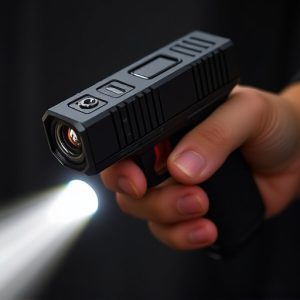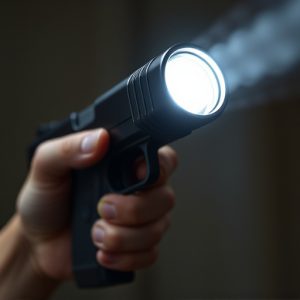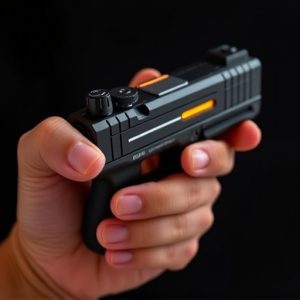Slider Stun Gun: Range, Technology & Legal Insights for Effective Use
The slider stun gun, with its innovative sliding mechanism for adjustable electric current, offers p…….
The slider stun gun, with its innovative sliding mechanism for adjustable electric current, offers precise control over intensity and distance, making it a versatile tool for self-defense and law enforcement. Its range is influenced by design, environment, and projectile type, while legal regulations vary globally, controlling possession and use. These devices provide non-lethal force solutions for crowd control, de-escalation, and close-quarters combat, temporarily incapacitating targets without causing permanent harm.
“Explore the powerful world of slider stun guns and their impressive projectile range capabilities. This article delves into the innovative technology behind these non-lethal weapons, examining factors that influence their reach and accuracy. From legal considerations and regulations to real-world applications, we uncover how slider stun guns are revolutionizing personal safety. Discover their potential in law enforcement, self-defense, and more. Prepare to understand why this technology is a game-changer in non-lethal force.”
- Understanding Slider Stun Gun Technology
- Factors Affecting Projectile Range
- Legal Considerations and Regulations
- Applications and Use Cases
Understanding Slider Stun Gun Technology
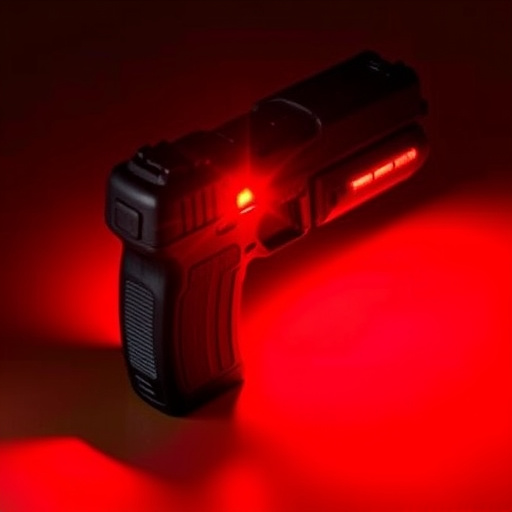
The slider stun gun represents a cutting-edge advancement in non-lethal self-defense technology, offering unique capabilities compared to traditional stun guns. This innovative design employs a sliding mechanism that adjusts the distance between two electrodes, thereby controlling the electric current delivered to the target. By varying this range, users can adapt to different scenarios and subjects, ensuring effective stun without causing permanent harm.
This technology allows for precise control over the stun’s intensity, making it versatile in diverse situations. Whether facing an aggressive assailant or requiring a more subtle approach with less physical impact, the slider stun gun provides operators with a crucial advantage. Its range capabilities enable tactical officers to manage high-risk encounters effectively, demonstrating the device’s utility as a game-changer in law enforcement and personal safety.
Factors Affecting Projectile Range
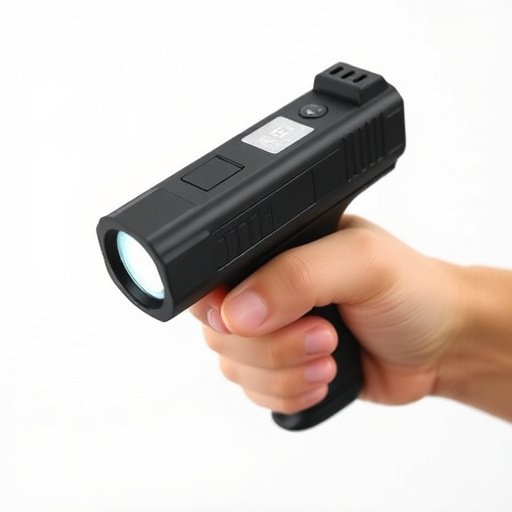
The range at which a slider stun gun can deploy its projectile is influenced by several factors. Firstly, the design and mechanics of the weapon itself play a significant role; advanced mechanisms and high-quality materials can enhance accuracy and range. Additionally, environmental conditions like wind speed and direction, temperature, and humidity impact the trajectory and distance the projectile can travel.
Another critical factor is the type and weight of the projectile. Lighter projectiles tend to have a longer effective range due to reduced air resistance, while heavier ones may be limited to shorter distances. Furthermore, the user’s skill level and shooting technique contribute to maximizing the stun gun’s range capabilities.
Legal Considerations and Regulations
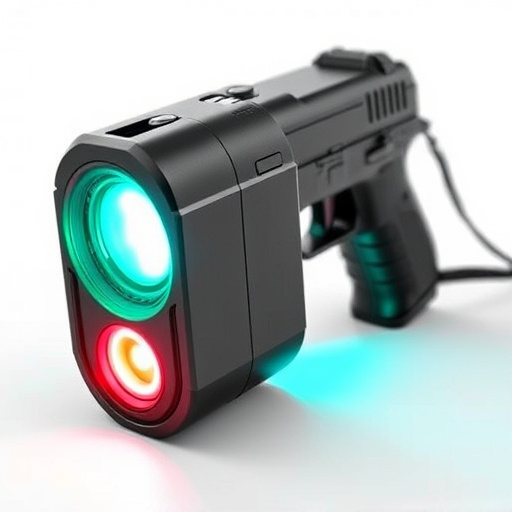
The legal landscape surrounding stun weapons, including slider stun guns, varies significantly across different jurisdictions. It’s crucial to understand that possessing and using these devices is regulated, with strict rules in place to ensure public safety. Many countries have specific laws prohibiting the open carry or concealment of stun guns without a permit, while others allow them only for law enforcement or personal protection under certain conditions.
Regulations often dictate the type of stun weapon allowed, its power output, and the range it can effectively stun a target. For instance, some areas restrict slider stun guns to lower voltage settings, limiting their reach. Awareness of these legal considerations is vital before purchasing or carrying any stun weapon to avoid legal repercussions and ensure responsible use.
Applications and Use Cases
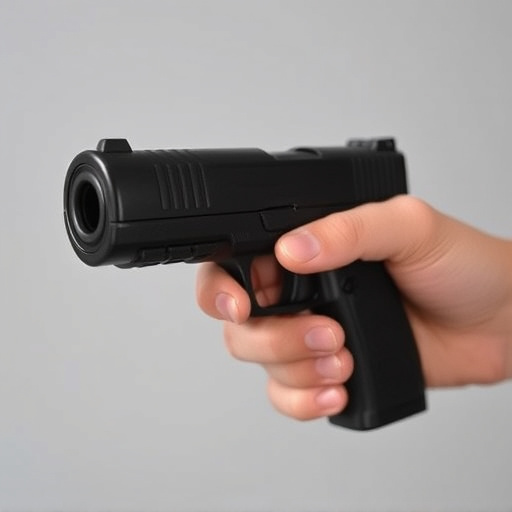
Slider stun guns, with their versatile projectile range capabilities, find applications in various scenarios, offering a non-lethal but powerful response to threats. Law enforcement agencies often utilize these devices for crowd control during demonstrations or high-risk arrest situations, ensuring officers can de-escalate conflicts effectively while minimizing physical harm. The ability to launch projectiles over long distances allows for strategic deployment, enabling authorities to maintain order and safety from a safer distance.
In addition to law enforcement, military personnel and security professionals also benefit from slider stun gun technology. Their compact design and adjustable range make them ideal for close-quarters combat or as a backup weapon in dynamic environments. These devices can stun targets without causing permanent disability, making them a preferred choice in situations where disarming or temporarily incapacitating an individual is crucial.
The slider stun gun represents a significant advancement in non-lethal weapon technology, offering enhanced accuracy and controlled projectile range. Understanding the factors influencing its performance, such as distance, environment, and user skill, is crucial for effective deployment. Legal considerations vary globally, but these weapons are increasingly recognized for their potential in crowd control, security, and personal defense applications. As with any tool, responsible use and adherence to regulations are paramount to ensure safety and maximize the benefits of slider stun gun technology.
